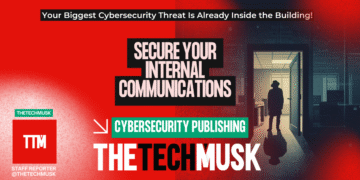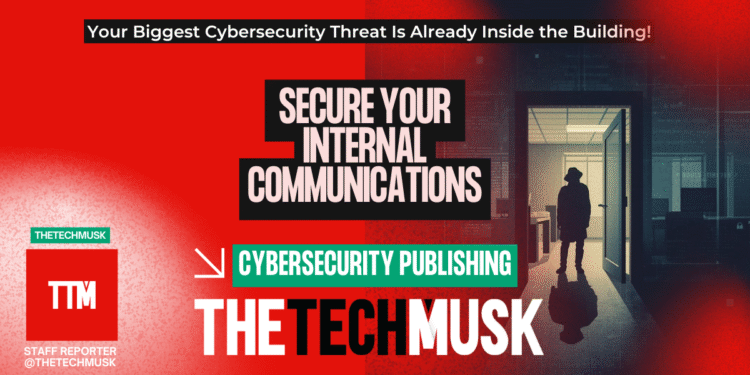Companies spend fortunes building digital fortresses. We invest in next-generation firewalls, sophisticated intrusion detection systems, and advanced threat intelligence feeds. We picture hackers as shadowy figures in distant countries, relentlessly storming our gates. But what if I told you that in my years of experience, the most devastating attacks I’ve witnessed didn’t break down the front door? They walked right in through an employee’s inbox.
The single biggest vulnerability in most organizations today is the assumption that everything “inside” the network is safe. This fortress mentality creates a soft, vulnerable interior where a single compromised account can lead to catastrophic failure. As a Watchguard Gold Partner, I’ve seen firsthand how a simple phishing email can bring a thriving business to its knees.
The Anatomy of an Internal Collapse
Imagine this scenario, which plays out with alarming frequency. An employee, let’s call him Mark in accounting, receives a convincing-looking email. It seems to be from a known vendor with a link to a new payment portal. Mark clicks, enters his credentials, and gets an error page. He thinks nothing of it and moves on.
What Mark doesn’t know is that he just gave an attacker the keys to his email account. For weeks, the attacker does nothing but watch. They learn your company’s communication patterns, who approves payments, and the typical language used in financial transactions. They are a silent predator, mapping your organization from the inside.
Then, they strike. The attacker sees an email thread about a large upcoming invoice payment. They create a rule in Mark’s account to automatically delete incoming emails from the real vendor. Next, using Mark’s legitimate email, they reply to the thread, stating the company’s banking details have changed and providing new ones—which lead directly to the attacker’s account. The transfer is made, and the money is gone forever before anyone realizes what happened.
This isn’t fiction; this is Business Email Compromise (BEC), and it costs businesses billions annually. The firewall was never breached. The attack started and ended inside your trusted network.
Three Essential Steps to Secure Your Interior
The good news is that securing your internal communications doesn’t require a massive budget. It requires a shift in mindset and the implementation of a few critical, low-cost controls.
1. Mandate Multi-Factor Authentication (MFA)
This is the single most effective step you can take. MFA requires a second form of verification in addition to a password, such as a code from a mobile app or a text message. Even if an attacker steals an employee’s password, they cannot access the account without this second factor. It is no longer an optional extra; it is a fundamental, non-negotiable security control for every single account in your organization, especially email.
2. Foster a Culture of Security Awareness
Your employees are your last line of defense. Technology alone cannot stop every threat, so you must empower your people to become a human firewall. Regular, engaging security awareness training is essential. This isn’t about a boring annual slideshow. It’s about continuous education and simulated phishing tests that teach employees how to spot suspicious emails, question unusual requests, and report potential threats without fear of reprisal. A well-trained team that is encouraged to be skeptical is an invaluable asset.
3. Enforce the Principle of Least Privilege
Does your marketing intern need access to financial records? Does every employee need administrative rights on their computer? The Principle of Least Privilege dictates that users should only have access to the information and systems absolutely necessary to perform their job. By segmenting your network and restricting access rights, you contain the potential damage of a compromised account. If an attacker gains control of a low-level user’s credentials, they should hit a digital wall when they try to access critical systems, preventing them from moving laterally across your network.
Cybersecurity in the modern era is not just about building higher walls. It’s about recognizing that the threat is just as likely to come from within. By implementing these three foundational steps, you can drastically reduce your risk from the inside out and protect your business from its most overlooked vulnerability.




























